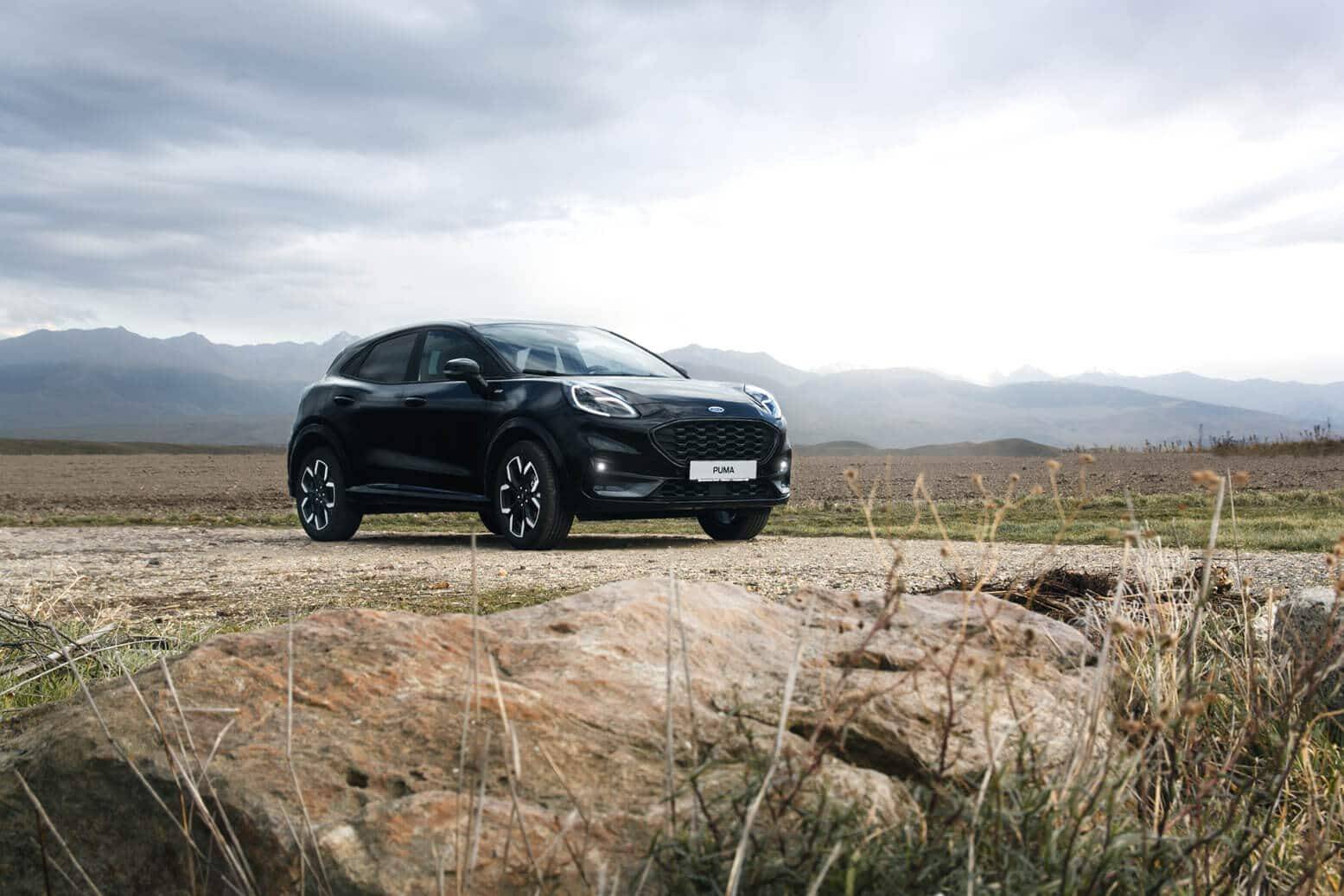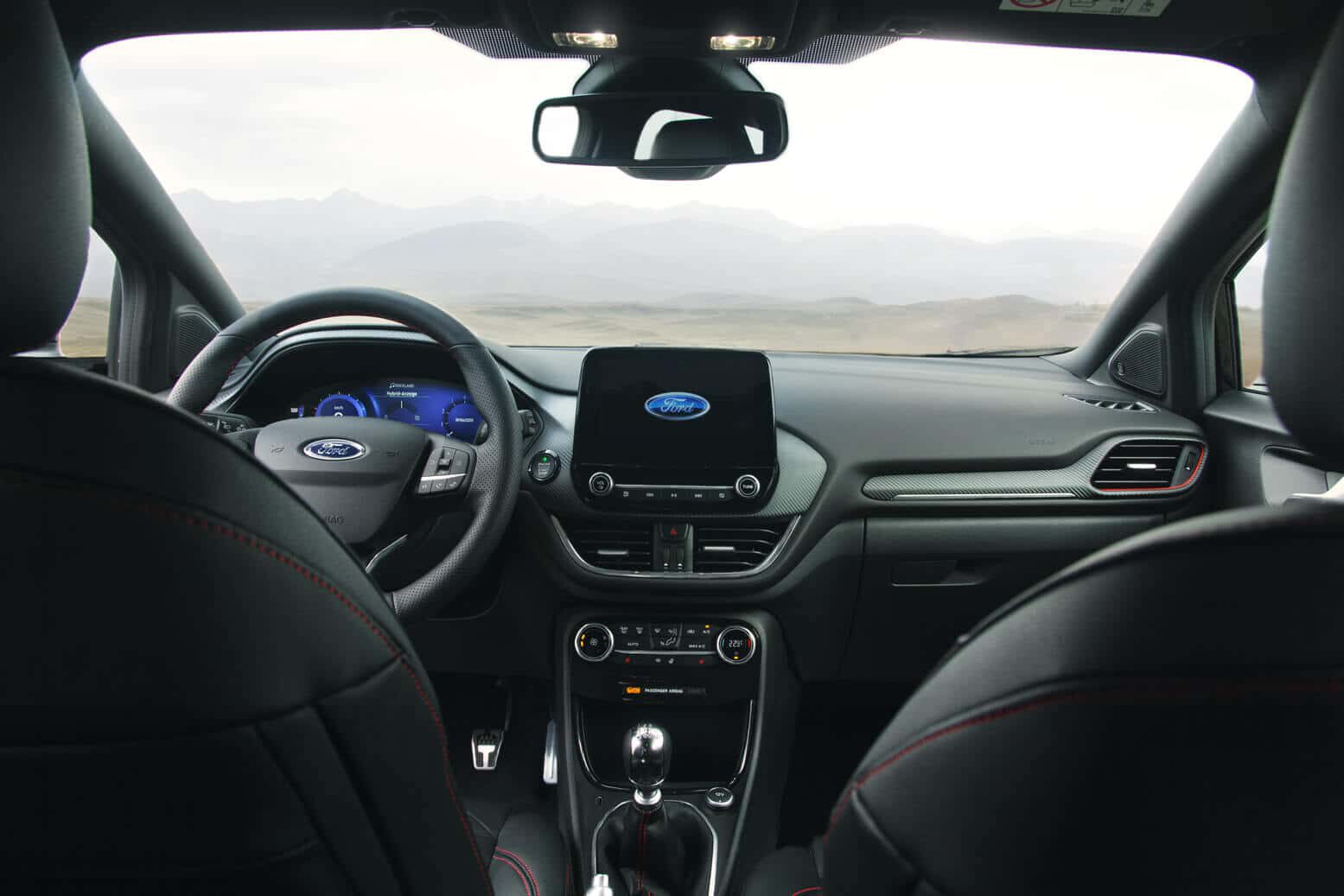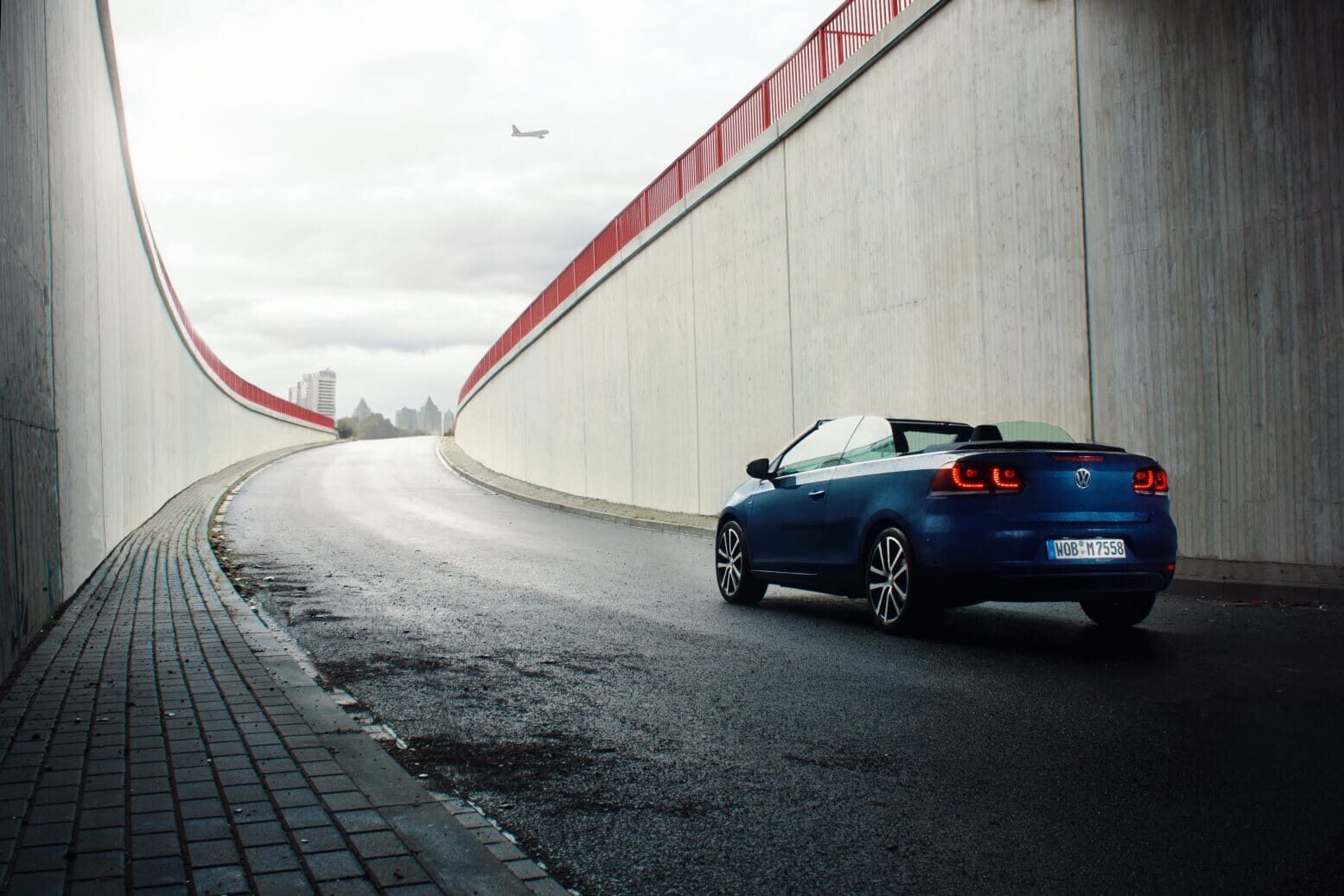If you are planning to start car photography seriously, you are essentially faced with the choice of whether to use a DSLR or directly to a mirrorless system camera (DSLM). System cameras have been on the rise for several years and many professional photographers are now using them.
You may already have a DSLR and are thinking about switching to a DSLM..
In this article you will learn the main differences between a DSLR and a mirrorless system camera and whether a system camera suits you. I will show you the most interesting system cameras for automotive photography.
DSLR VS. System cameras – similarities and difference
Interchangeable lenses
Fortunately, in the most important point for car photography, DSLR cameras and system cameras are the same. Both work with interchangeable lenses. However, Nikon DSLR lenses cannot easily be used on their in-house system cameras and vice versa. An adapter is required for this. This means that system cameras have a separate selection of lenses. The better selection of DSLR lenses is certainly still an argument for the DSLR, but with the adapter it is possible to use the DSLR lenses on the system camera.
Handling and size
The first obvious difference between mirrorless system cameras and DSLR is compactness. The system cameras are much lighter, smaller and more portable than the „large“ SLR cameras and are therefore much more convenient to transport. These big differences are due to the different design of DSLR and mirrorless system cameras. The DSLR has an optical viewfinder, which requires several mirrors in the camera housing. This optical viewfinder was replaced by a digital viewfinder in the system cameras. The viewfinders are very high resolution these days, but still need some getting used to if you are used to the optical viewfinder from a DSLR.
Costs
Are DSLRs cheaper than system cameras? Well, it depends. Good system cameras are quite affordable, but the lenses are comparatively more expensive. The adapter enables the DSLR lenses to be used, but the advantage of the lighter weight and compactness is largely lost. For entry into auto photography, the DSLR cameras with the entry-level models, e.g. the Canon EOS 2000D* or the Nikon D5600* including kit lenses even cheaper. Even in combination with a powerful lens, entry-level DSLRs are even cheaper.
5 Mirrorless System Cameras for car photography
Sony A 6000 with SEL 16-50

Model year 2014 • Sensor: 24,3 MP APS-C • Max. ISO: 51200 • Sony E-Mount • Weight: 285g / 0,63 pounds • Display: 3″ • OLED viewfinder • Full-HD video • WIFI •
Sony has relied on the mirrorless system cameras right from the start. With the A6000, Sony delivers a great, established and today affordable mid-range system camera with great image quality, which is still a great option for beginners due to its very good price-performance ratio. The A6000 has 24 megapixels and an APS-C sensor as well as Full HD video function.
Canon EOS M50 with 15-45mm

Model year: 2018 • Sensor: 24,1 MP APS-C • Max. ISO: 51200 • Canon EF-M • Weight: 387g / 0,85 pounds • Display: 3″ • OLED viewfinder • 4K Video • WIFI • Bluetooth • NFC
The EOS M50 is the popular compact and light system camera from Canon with 24.1 megapixels and APS-C sensor. The camera is very well equipped with 4K video, WiFi and Bluetooth and delivers great image quality. If you want to rely on Canon or if you want to switch from an entry-level or mid-range DSLR from Canon to a system camera, you are very well served with the EOS M50. If you just want to start car photography and want to start directly with a Canon system camera, the EOS M50 is also your choice.
Nikon Z50 with DX 16-50

Model year 2019 • Sensor: 20,9 MP APS-C • Max. ISO: 51200 • Nikon Z • Weight: 530g / 1,17 pounds • Display: 3,2″ • OLED viewfinder • 4K Video • WIFI • Bluetooth
Nikon is also entering the system camera race with the Z50. The Nikon Z50’s APS-C sensor has a resolution of almost 21 megapixels. The videos can be recorded in 4K UHD resolution and everything is included. The Z50 has Bluetooth and WiFi.
Olympus OM-D E-M10 MK III with 14-42mm
Model year 2017 • Sensor: 16,1 MP APS-C • Max. ISO: 25800 • Micro Four Thirds • Weight: 410g / 0,90 pounds • Display: 3″ • OLED viewfinder • 4K-UHD Video • WIFI •
Check price at Amazon*
Preis bei Mediamarkt checken*
The Olympus M10 MKIII from 2017 offers an interesting alternative to Canon, Nikon & Sony due to its equipment and stylish design. The M10 has a 16.1 megapixel sensor and supports video recording in 4K. With WiFi and a high-resolution electronic viewfinder, the camera is well equipped and a sensible choice for auto photography.
Panasonic LUMIX G DMC-G70 with 14-42mm 3,5-5,6

Model year 2016 • Sensor: 16 MP APS-C • Max. ISO: 25600 • Micro Four Thirds • Weight: 1002g / 2,2 pounds • Display: 3″ • OLED viewfinder • 4K-UHD Video • WIFI
The Panasonic Lumix G-DMC G70 from 2016 is also worth a look. The Lumix G70 also has a resolution of 16 megapixels and also supports 4K video recordings. WiFi and an electronic viewfinder with very high resolution are also on board.









